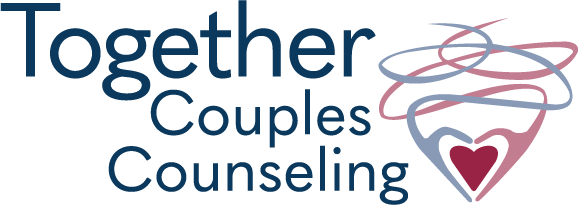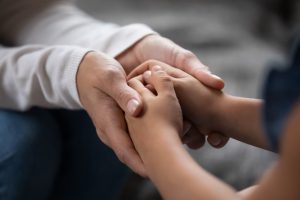Asexuality exists on a broad spectrum that includes people who may still experience romantic attraction, emotional intimacy, or occasional sexual interest under certain conditions. For some, the label of asexuality feels stable and consistent. For others, it may shift over time or exist alongside other identities.
However, the question “What is asexuality?” can lead to a narrow focus on labeling rather than understanding. Many people come to therapy wondering if they “count” as asexual or if their lack of desire means something is “wrong.” This approach can unintentionally reinforce the idea that every human experience of sexuality must fit a recognizable pattern. A more empowering question might be, “What does connection mean to me?” or “How do I want to engage with intimacy?”
The Problem with Searching for Solutions
In therapy, especially with LGBTQ+ clients, the goal should not be to “fix” or “solve” a person’s identity. When clients express uncertainty about their sexual orientation or level of desire, some therapists rush to clarify or categorize. But human sexuality does not always follow a neat structure. The need to define or resolve ambiguity can reflect more about societal discomfort with difference than the client’s internal needs.
A person who identifies as asexual may still want romantic relationships, physical closeness, or companionship. Others may feel fully content alone. Neither experience requires a cure or correction. When therapy focuses on finding answers rather than building self-awareness, it can create shame where curiosity should exist. Instead, clinicians can help clients explore their experiences without pressure to reach a conclusion.
Empowerment Through Relational Awareness
Relational Life Therapy (RLT) offers a valuable framework for working with asexual and LGBTQ+ clients. RLT focuses on honesty, accountability, and balance in relationships. It teaches clients to identify how power, shame, and disconnection show up between people, and how to shift from defensive to relational patterns.
RLT encourages direct communication and shared understanding between partners, helping both asexual and non-asexual individuals navigate differences without guilt or resentment. For example, a couple may use RLT techniques to discuss their needs openly rather than assume that sexual interest must be the foundation of intimacy. Instead of viewing differences as problems to be solved, therapy becomes a space for building empathy and learning how to work through problems.
Shifting from Explanation to Empowerment
Therapists working with asexual clients can model empowerment by shifting from explanation-based language to validation-based dialogue. Rather than saying, “Let us figure out what is going on,” a therapist might say, “Let us explore what feels right for you.” This approach recognizes that identity is not something to diagnose, but something to live and understand over time.
Empowerment also means helping clients create boundaries that reflect their values. Some may choose to share their identity openly, while others may not. Therapy can support either choice without assuming that visibility is always the goal. When therapy centers autonomy, it supports confidence and self-trust.
The Role of Community and Connection
Asexual individuals often feel isolated because mainstream culture prioritizes sexual attraction as a marker of love or adulthood. Therapy can help bridge this gap by connecting clients to supportive communities or exploring nonsexual forms of fulfillment. Friendships, creative pursuits, and acts of service can all hold equal emotional weight as romantic relationships.
Through open dialogue, clients can begin to see their experiences not as deviations, but as variations within the broad landscape of human intimacy. Relational Life Therapy helps individuals and couples navigate the connections of human intimacy, sexual or not.
Conclusion
Therapy for LGBTQ+ and asexual clients should not seek to label or fix, but to empower and affirm. Relational Life Therapy offers a path that values authenticity and mutual understanding. It shifts the focus from solving identity questions to strengthening the relationship between self and others. If you are exploring questions about asexuality, identity, or intimacy, consider scheduling a session with me.






